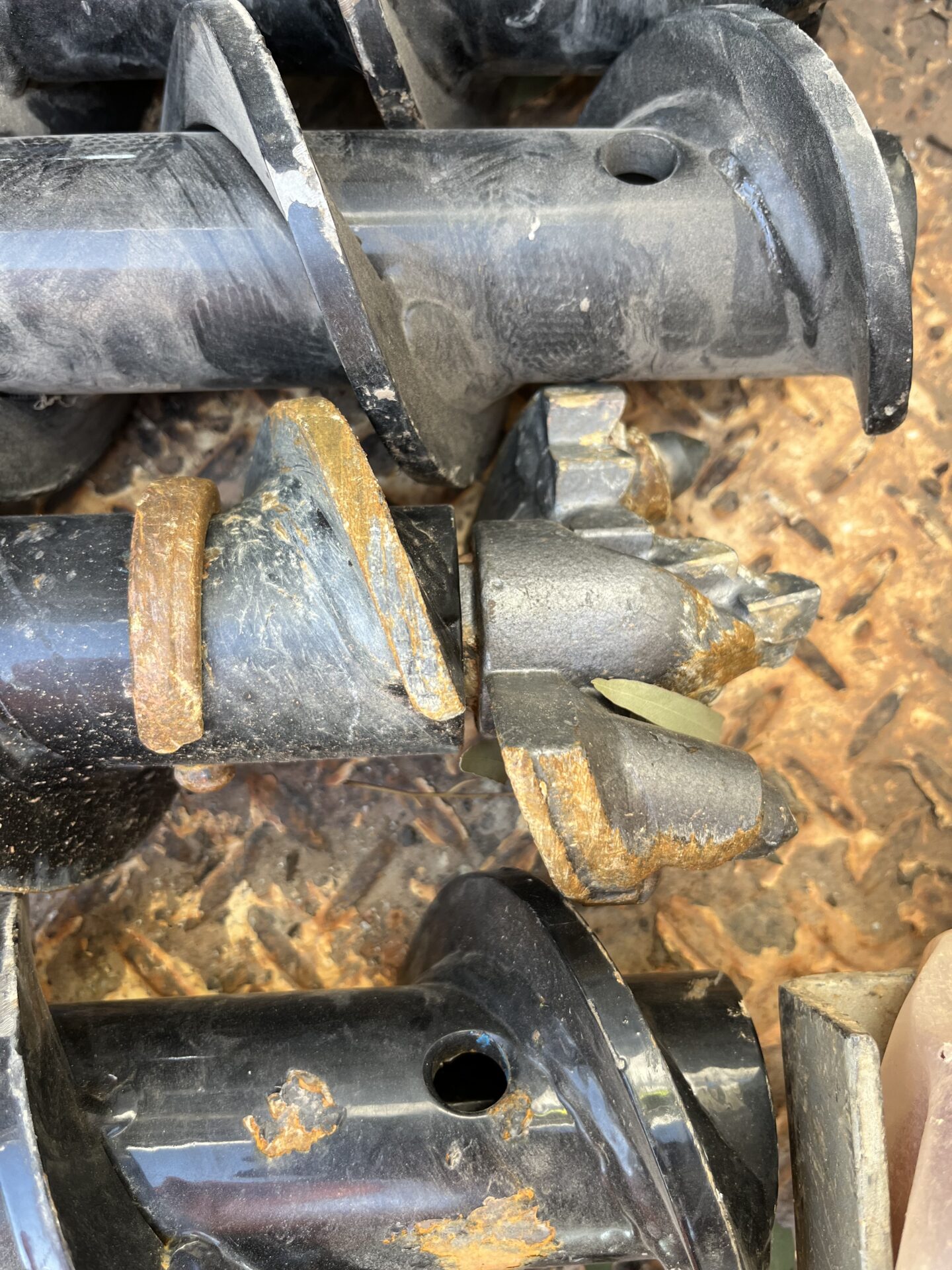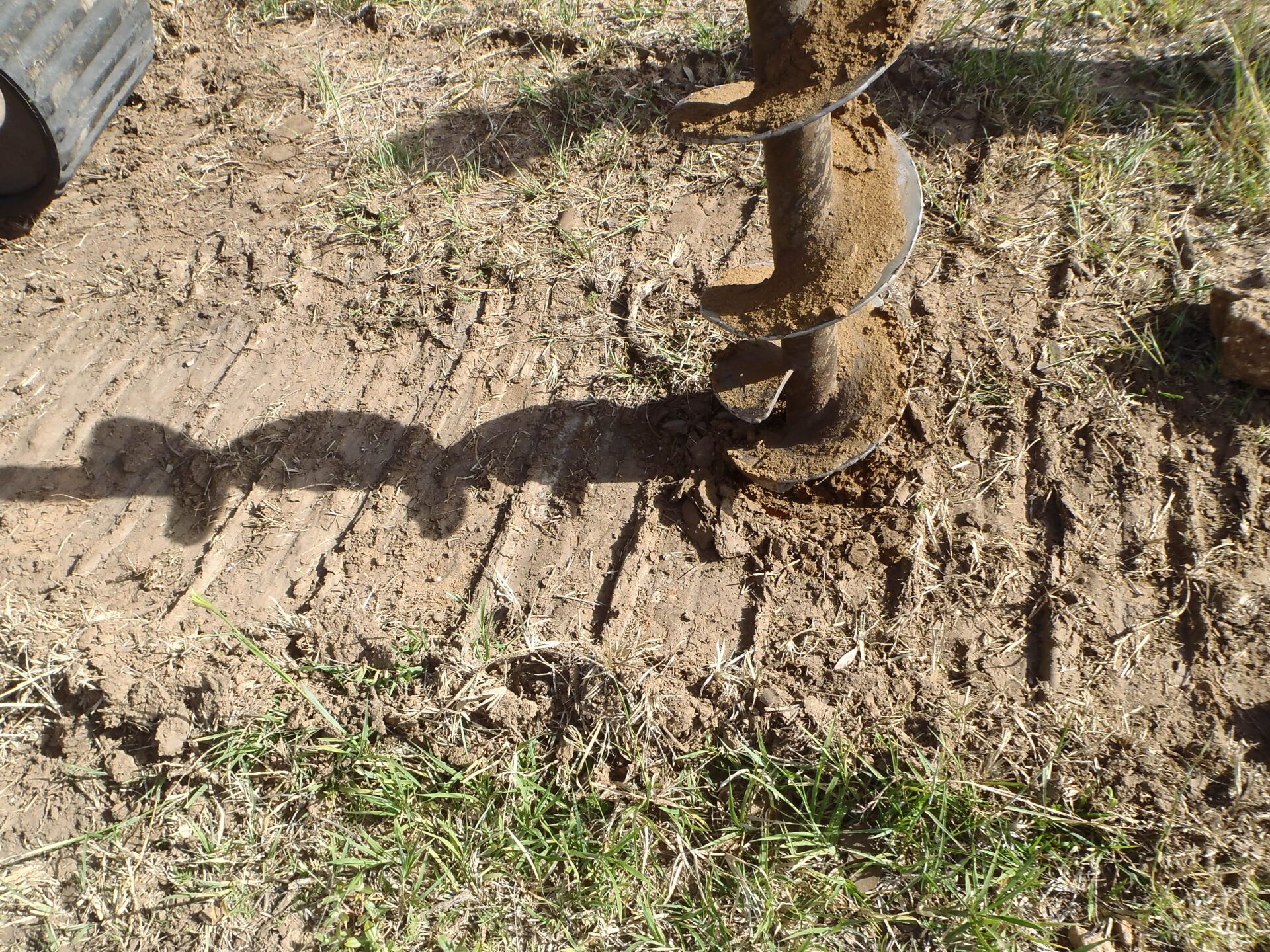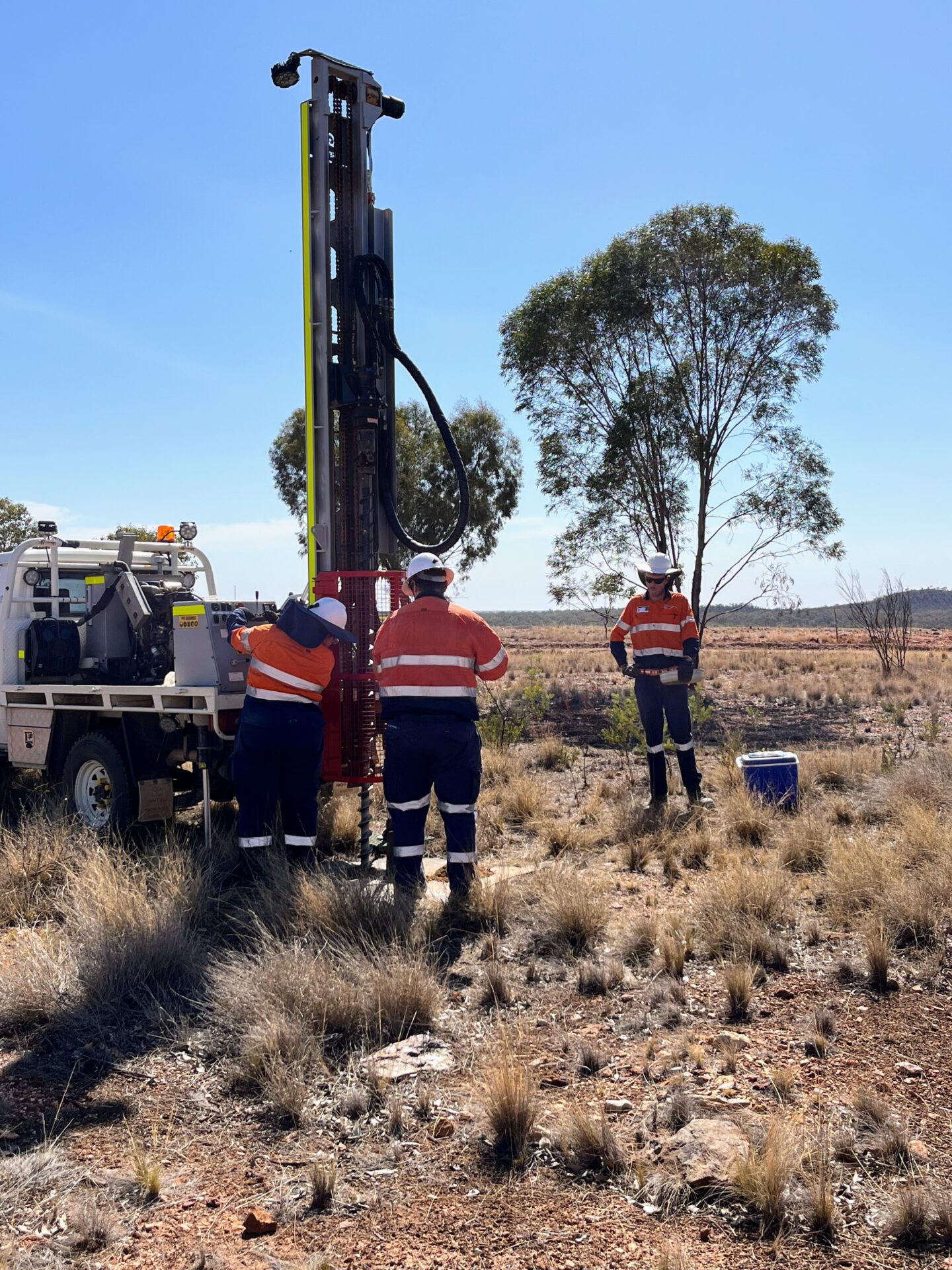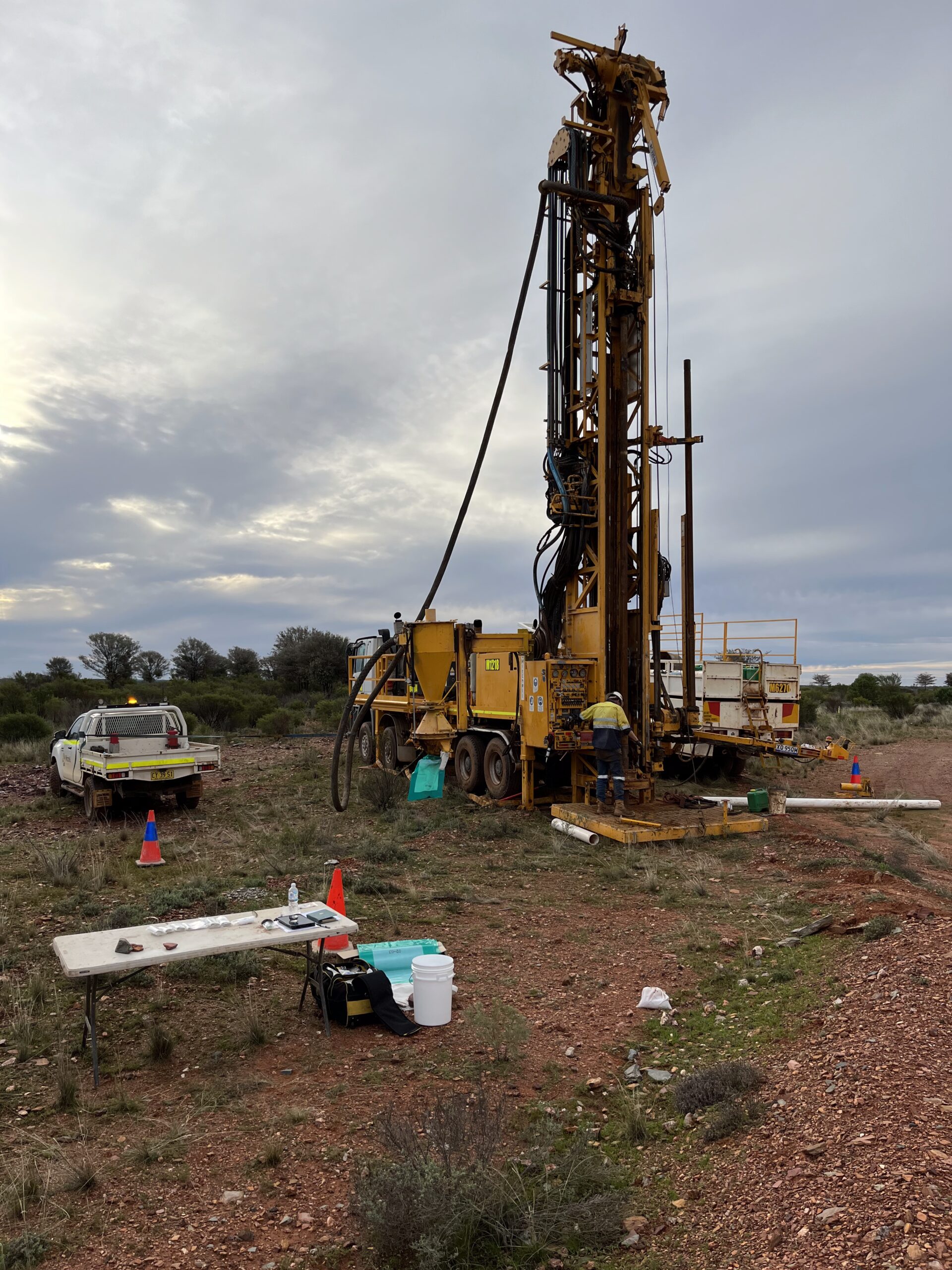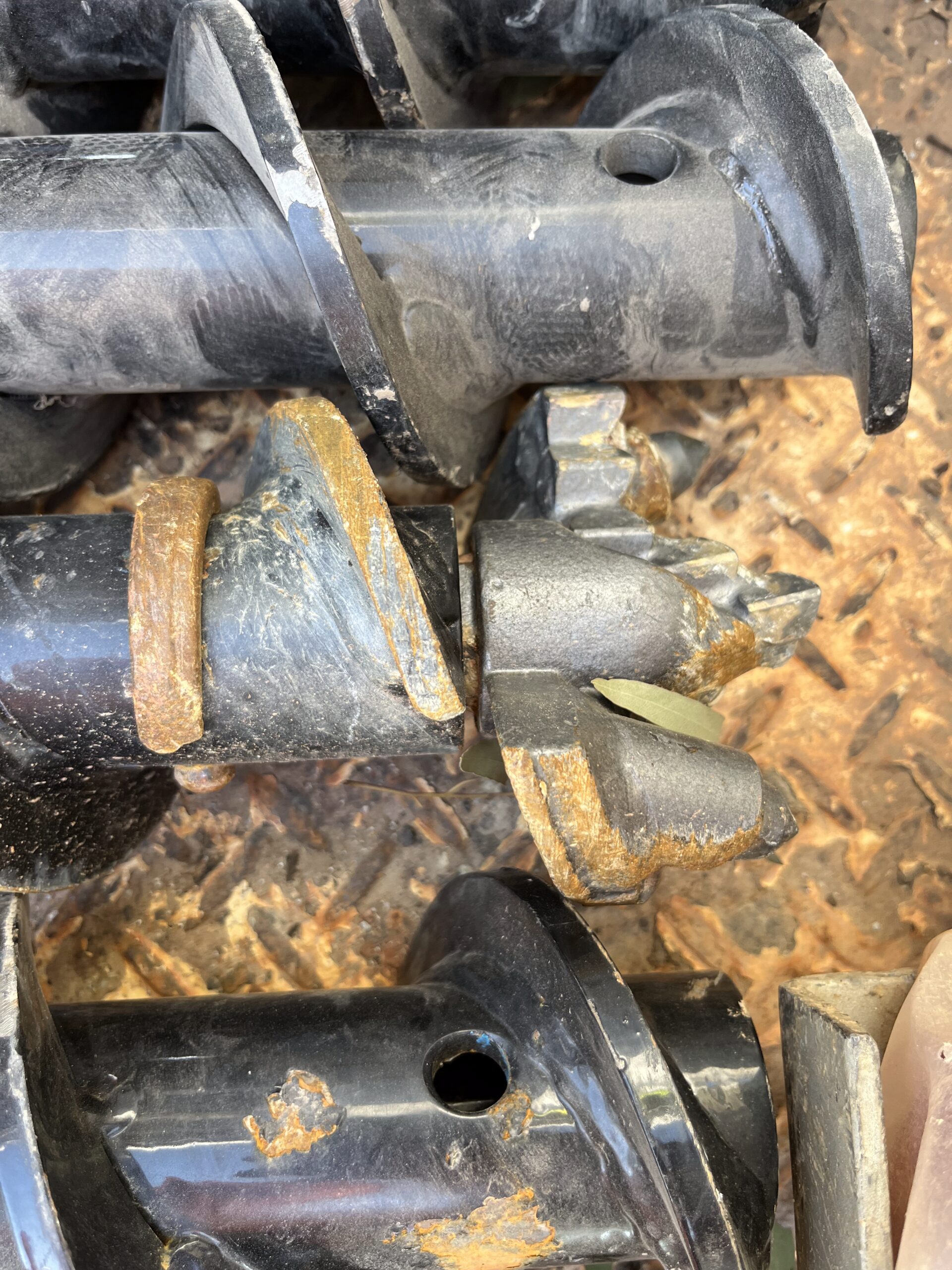Background
SGME developed a sampling plan that allowed comparison of failed rehabilitation sites to successfully rehabilitated and revegetated areas to identify potential differences. The copper mine includes open cut and underground operations, and is located approximately 500 kilometres north-west of Sydney near the town of Nyngan.
Objective
The rehabilitated waste rock dumps at the mine have experienced challenges in vegetation establishment despite following a consistent rehabilitation strategy. This issue may stem from various factors such as soil composition, water availability, plant species selection and / or maintenance practices.
Solution
SGME used a drill rig to extract sample cores from varying depths within the rehabilitated waste rock dumps. Near surface samples were sent to a laboratory for analysis to measure their composition including nutrient levels, pH, texture and organic matter content — all of which significantly influence vegetation growth.
Progressing deeper into the profile, the drill rig was used to extract samples for evaluating metal concentrations and conducting geochemical analysis to pinpoint contamination hotspots. Furthermore, samples were also extracted for geochemical characterisation including assessing mineralogy, sulfide content and the potential for acid mine drainage.
SGME’s use of a drill rig adds value to projects by providing crucial data for informed decision-making. It enables precise sampling of soil, waste rock and tailings which aids in assessing contamination and geotechnical conditions. This enhances environmental assessments, remediation strategies and overall project feasibility, and ensures effective and sustainable outcomes are achieved.
